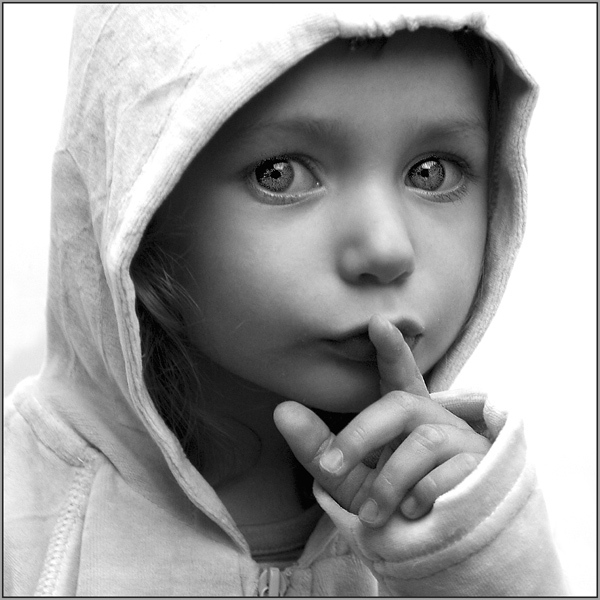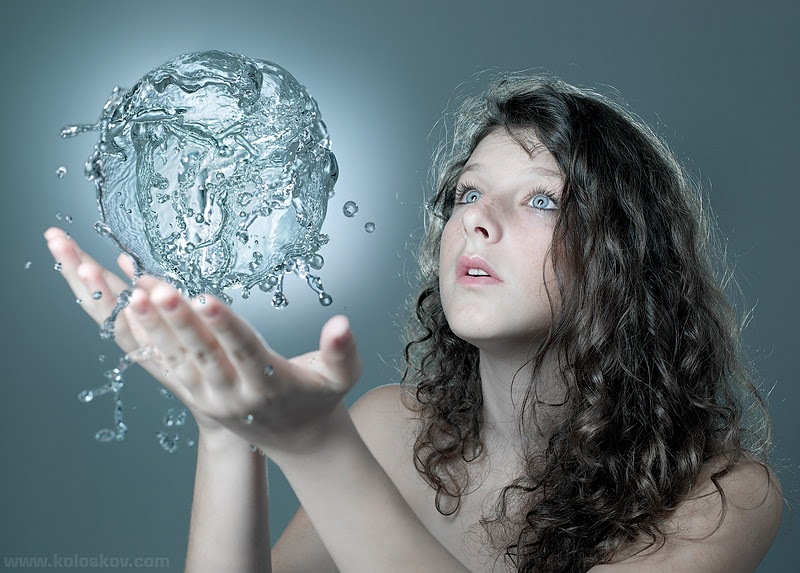
The term fine art photography is probably a new term but it is so often heard now that it is a category by itself under the art of photography. Some people may, of course, be confused by the term 'fine art' being combined with 'photography'. Since photography is an art form by itself, it is actually quite natural to combine it and come out with a fine art category.
Fine art, as we all know, is a form of art that showcases the artist's skills in his or her masterpieces. Now, in this type of photography, instead of using brush and paint and canvas, the artist uses modern equipment, the camera, to express his creativity and piece of art. Thus, the artist cum photographer creates a masterpiece using light, camera, lens and digital photo editing.
Yes, this category of photography doesn't merely mean the artist capturing pictures using his camera. Rather, the artist will capture images in a creative manner and further enhance his images using skillful photo editing. The image will be edited, or 'painted' using the computer, in such a way that it ended up as a beautiful piece of art instead of just a plain photograph.
Some photographers may scoff at this category of photographer artists and say that this group depends too much on the computer to 'save' their lousy photography skills. But let it be known that more often than not, the photographer is actually a very creative photographer who is able to capture creatively composed shots and then use his editing skills to further turn the images into works of art. The photographer is not merely relying on computer photo editing to save his 'lousy photos' but instead, he is using his artistic computer editing skill to further enhance and bring out the beauty of his work of art. It is rather similar to an artist who uses different colors to bring out his work of art.
Many people also tend to confuse an artistic photographer with a photographer who uses too much photo editing to enhance his photographs. To differentiate between photographers of different categories, you only need to look at his work. An artistic photographer will produce shots that are artistic, with depth and a composition that is similar to paintings while photographers of other categories, such as photojournalism or sports, will have a totally different style of composition, lighting and editing.
Nowadays, this special category photography can be applied to almost anything. If you want your pre-wedding photographs or even wedding day photographs to resemble that of an artistic masterpiece, all you need to do is to look for a skilled, creative fine art photographer to take gorgeous shots of you on your special day. You will not regret having such beautiful pictures of your wedding day or of you and your husband as photographs will last forever!





![[arts-art-photography-and-video-sam-taylor-wood-main_picture.jpeg]](https://blogger.googleusercontent.com/img/b/R29vZ2xl/AVvXsEhLCuQETJ5k025tWLqpUyz6ZgzH-YRv5fAORWvJyBchOJnHLCm6tgvnnV701VyW35DEipewAXwPgLoiUrTleBIWNbSi5hod9qZGrVBZ35eVgiPiClTg_6ypw5Escvgdd5EGNiztH4_zqdH3/s1600/arts-art-photography-and-video-sam-taylor-wood-main_picture.jpeg)



